Wild animals did not have it easy during last week’s downpour.
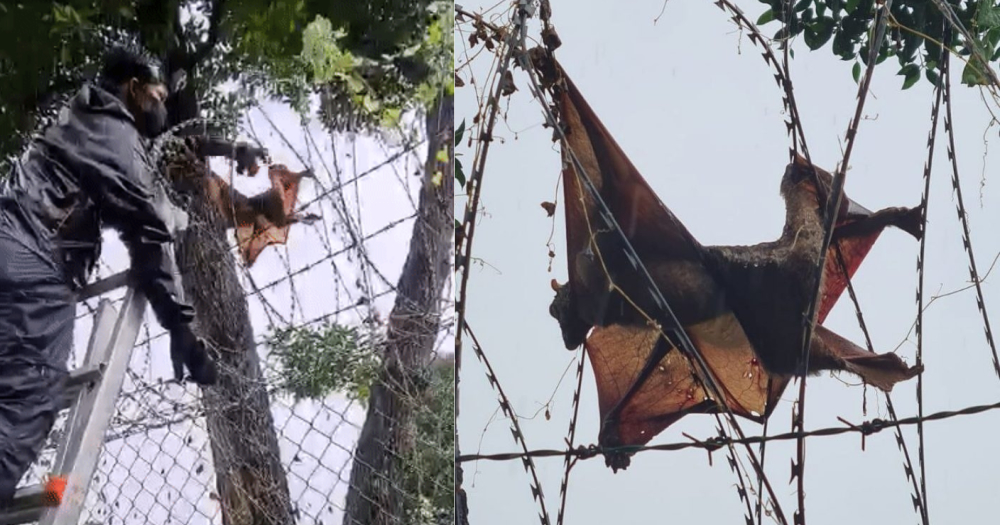
However, the sudden change in weather did not bode well for some wild animals.
Local wildlife rescue non-profit group, Acres undertook a delicate rescue operation that morning to save one poor Sunda colugo.
The Sunda colugo was stuck on the barbed wires that are used to deter people from trespassing on Aug. 14 morning.
Had likely crashed into barbed wire while gliding
Local wildlife rescue non-profit group, Acres, received a call from a member of the public that morning which transpired into a 40-minute rescue mission in the rain.
Deputy chief executive officer Kalai Vanan told Mothership that rescue officers found the colugo, also known as a flying lemur, tangled up in barbed wire on the top of a fence near Swiss Club Rd in Bukit Timah.
Such wires are typically designed to trap and entangle objects and deter humans from trespassing.
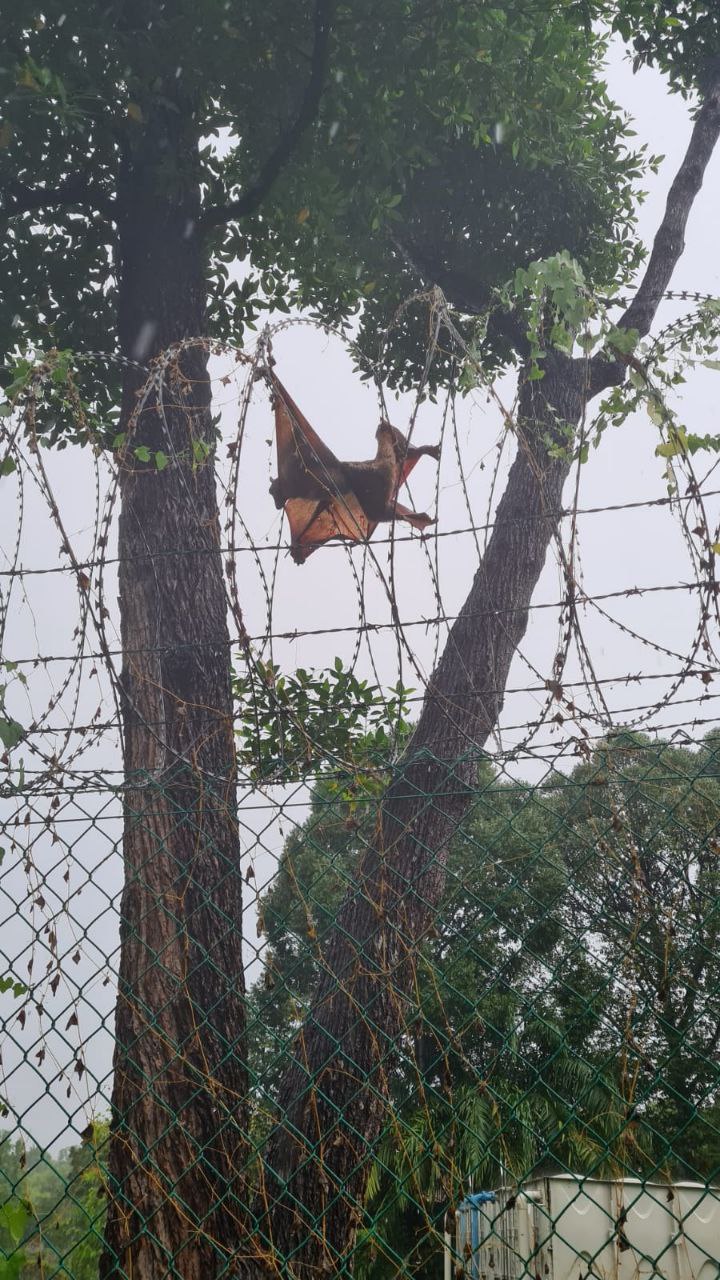
Colugos are arboreal (tree-dwelling) creatures that move from tree to tree by gliding. They can travel as far as 70m in the air without losing much altitude.
These critters, which are native to Southeast Asia, can usually be found clinging to tree trunks when not in the air.
Colugos are not uncommon in Singapore and they live in our nature reserves. However, they can be difficult to spot as they camouflage well with the environment.
As nocturnal animals, they are often found still while clinging onto the tree trunk during day time.
Like this:
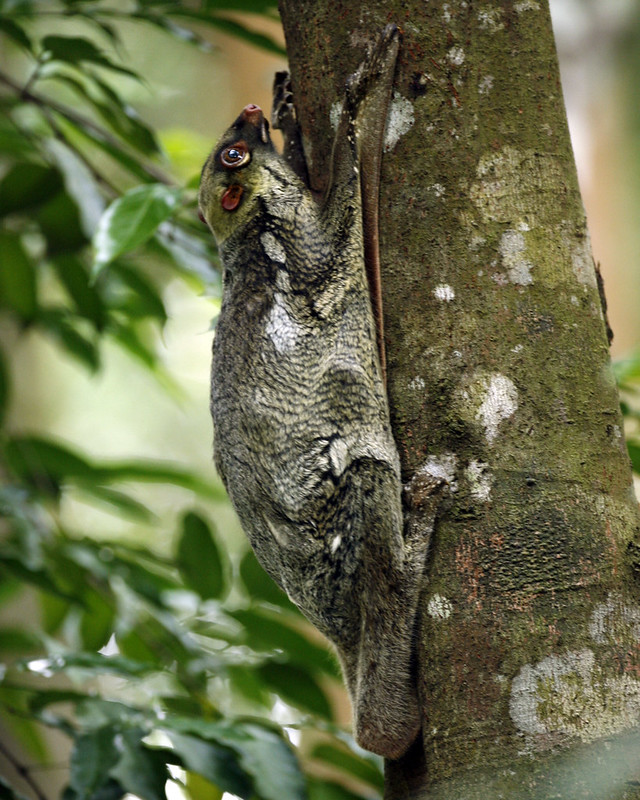
Beneath their fur is a thin membrane called a patagium, stretches between their arms, legs and tail, which helps them “fly”.
Kalai speculated that the colugo might have been gliding between trees when it crashed into the barbed wire, or it might have fallen from a nearby tree.
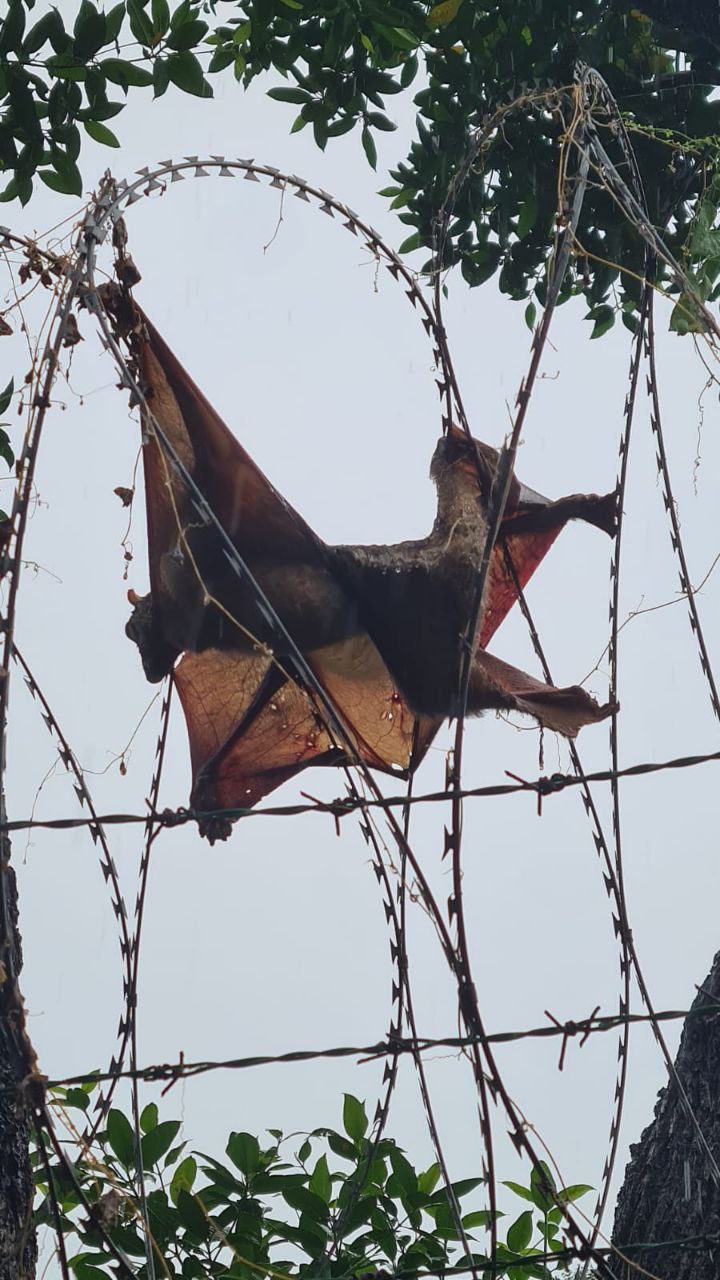
“Barely alive” when found
Kalai and other rescue officers initially believed the colugo to be dead, but soon realised that it was “barely alive”.
“During the rescue process the animal still mustered energy to lick its wounds. This is when we knew, we HAD to rescue him even though, he had very little chances of surviving. We could not let him die there.”
Thus began the arduous process of extracting the critter from the barbed wire. The rain on that day did not make the operation any easier.
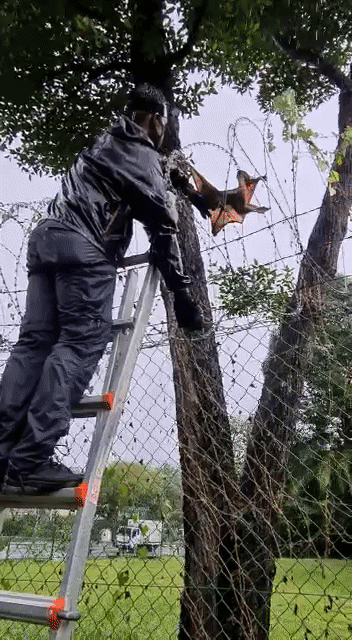
The rescue officers put on gloves to ensure they would not get tangled or cut by the barbed wire themselves.
From the earlier photo, you can see that the colugo’s patagium is so thin that you can easily see the blood vessels running across the stretched membrane.
This added to the difficulty of the rescue efforts as the rescue team had to be even more cautious at taking the colugo off the wires without causing it more pain or injuries.
Which was why the entire process lasted around 40 minutes.
The rescue operation was ultimately successful. However, the colugo was badly injured, with multiple lacerations and tears on its patagium.
It had also suffered from some puncture wounds from the razor-sharp barbed wire.
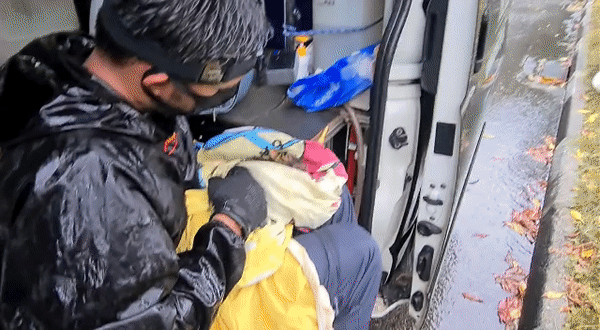
Such “fragile” animals like the colugo, with its thin patagium, are likely to suffer more injuries when caught in such situations, Kalai said.
The creature was eventually sent to Wildlife Reserves Singapore for treatment.
Hopefully, it manages to recover well enough to be released back into the wild.